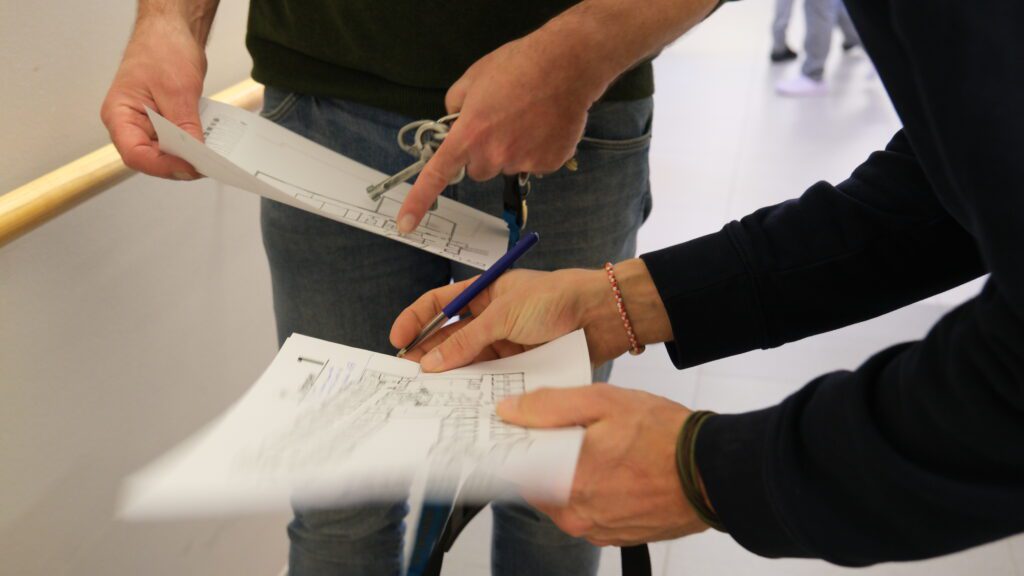Air quality standards
Fresh air is a fundamental requirement of life. The indoor air conditions in workplaces, educational centres, hospitals, public buildings, cities and urbanisations where people spend a large part of their life is an essential determinant of healthy life and people’s well-being. Hazardous substances emitted from building materials, transport, industrial zones and indoor equipment and furniture or due to human activities indoors, such as combustion of fuels for cooking or heating, lead to a broad range of health problems and may even be fatal. Therefore, local and international authorities are continuously working on the development and update of indoor and outdoor air quality standards for better health and well-being.
Belgium Air Quality Standards
Belgium air quality standards were described in “Besluit van de Vlaamse Regering houdende maatregelen tot bestrijding van de gezondheidsrisico’s door verontreiniging van het binnenmilieu” in June 2004, the same document was revised and updated by Vlaamse Regering on 13 of july 2018. The directive includes limits for inorganic and organic pollutants, recommendations for comfort parameters as well as standards for biological contaminants (mould and yeast). The overview of the most common air pollutants and parameters is given in table 1. Moreover, the table includes both the actual threshold limit and desired target values to be achieved in the coming years.

World Health Organisation Standards For Indoor Air Quality
World health organisation standards and threshold limits for indoor air quality described in multiple books: “WHO guidelines for indoor air quality: selected pollutants”, “Guidelines for indoor air quality – household fuel combustion ”. The overview of WHO indoor air quality limits are given in table 2.

European Commission Standards For Outdoor Air Quality
The European Commission is actively working on ambient air quality monitoring and emissions reduction. For instance, Directive 2008/50/EC introduced additional PM2.5 objectives targeting minimisation of exposure to fine particles. These objectives were entered into force in 2020 with the maximum ambient PM2.5 concentration of 18 µg/m3 (3 years average). The overview of the most common air pollutants limits is given in table 3

Learned something? Feel free to share.

School air quality: protect children today | Airscan
Children are more vulnerable to air pollution at school. Key Brussels data, effective measures (school streets, LEZ), and Airscan solutions: monitoring, smart ventilation, certification‑ready reporting.

Airscan Completes Three WELL Certifications in September as Accredited WELL Performance Testing Provider
Back Introduction Brussels, September 2025 – Airscan is proud to announce the successful completion of three WELL Certifications in Belgium this September, reaffirming its role

Ventilation Audits in Flanders Care Homes: Airscan’s 40‑Site Study on Indoor Air Quality
Airscan’s audit of 40 Flemish care homes uncovered critical ventilation issues: nearly 1 in 4 rooms exceeded safe CO₂ limits. With VEB and VIPA support, the study offers data-driven solutions to protect residents’ health.
